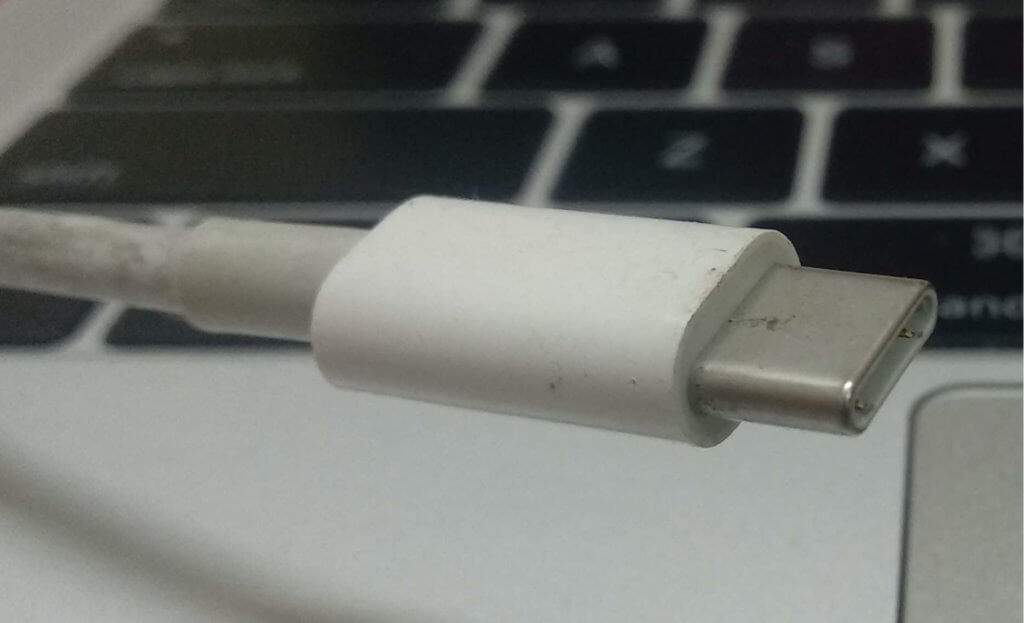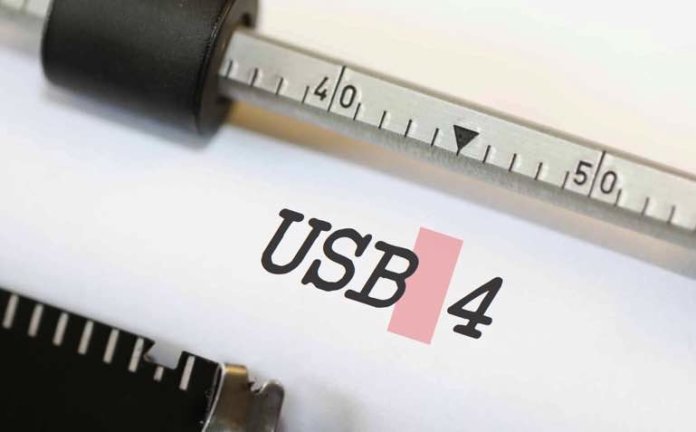USB newest iteration USB 4 cable now getting real power which is announced by VESA that it has released DisplayPort Alt Mode 2.0, this will be paving the way for the future for USB4 devices to support DisplayPort 2.0.
DisplayPort 2.0 was announced back in June 2019, which is the iteration of DisplayPort 1.4. This new standard will capable of effective bandwidth of 77.4Gbps which is almost 3 times as compared with DisplayPort 1.4. So the user could expect this device to output 16K resolution display without breaking any sweat.
USB 4 Cable Application Increases As They Are Now Universally Accepted:
It will also support Higher Refresh rates at around 240Hz which is maximum for today’s consumer display. While LG is developing a 480Hz display which sounds really mind-blowing. DisplayPort 2.0 could offer new HDR capability and more dynamic range, multi-display support could be better and much more.
USB 4 cable is really a promising technology that could come in the cheap package, as it could theoretically support 40Gb/s transfer rate which will make this technology competitor to Thunderbolt 3. This cheaper option will enable other low budget Notebooks and PC to opt and give their user a more fastest data transfer experience.

The fight between USB and Thunderbolt standard is not new but the way USB able to achieve such capability the same as Thunderbolt is unprecedented. And one of the most interesting things between USB4 is that it will provide coverage for Thunderbolt as well as all USB protocols yet created, this could mean that user can plug their eGPUs on their PCs or Notebook’s and enjoy its speed in this cheaper package.
With Intel making its Thunderbolt technology royalty-free that made this move possible. While there has been a more powerful port in work from Intel which could successor of Thunderbolt and could have more power.
USB 4 cable uses the USB-C connector design which now becoming universally accepted for electronic devices as companies like Apple, Google, Microsoft, Samsung, and various others are making USB-C compatible devices for very long.




